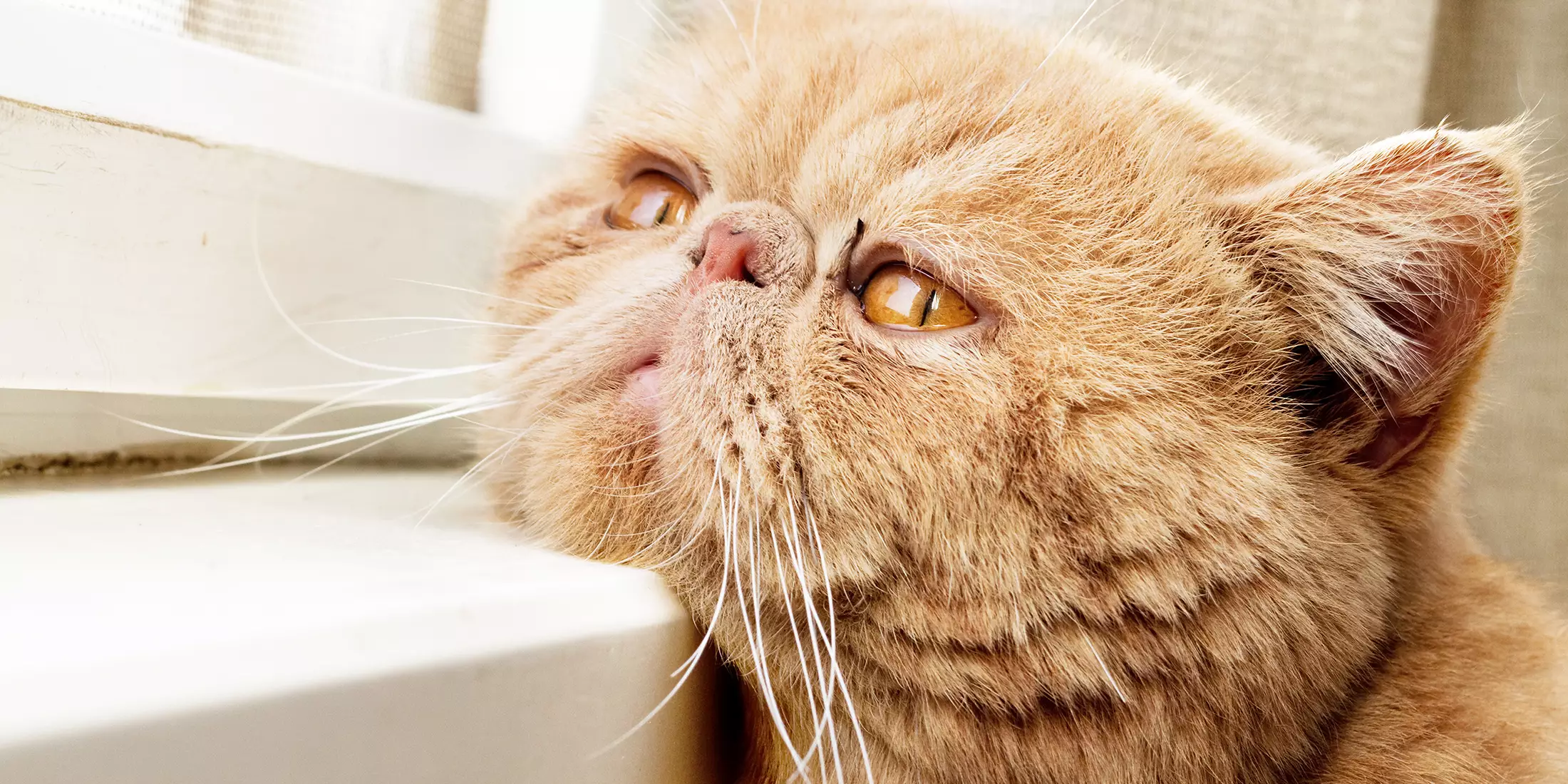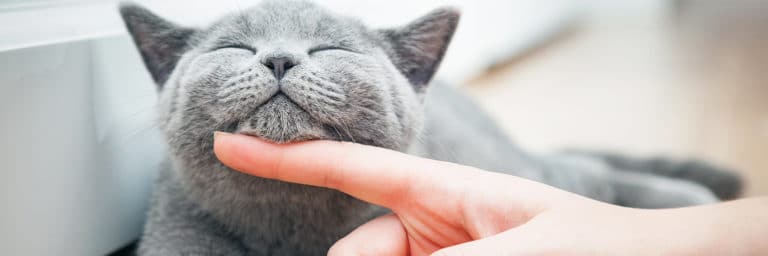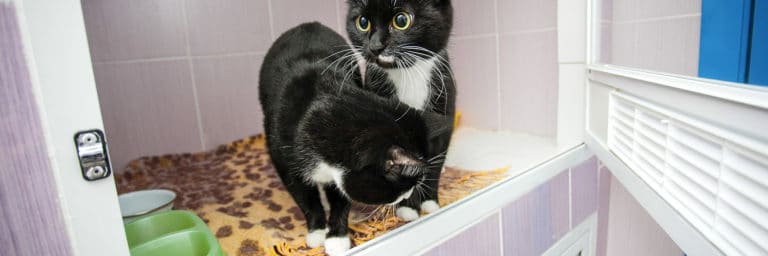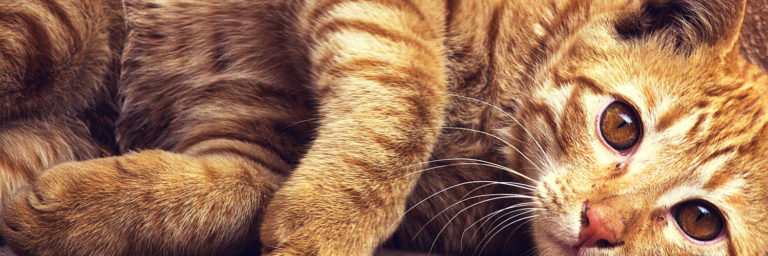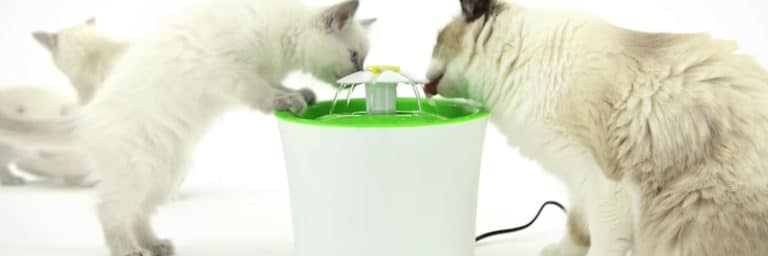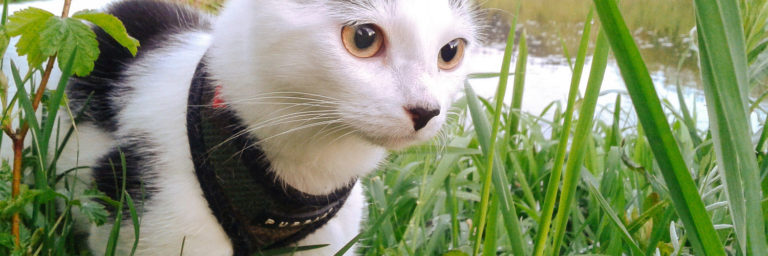Conjunctivitis in Cats
Contents of Article
Eye problems are not too common in cats. However, some cats do suffer from eye disorders, and conjunctivitis is one of them. Conjunctivitis in cats is a condition in which your kitty suffers from inflammation of the conjunctiva or pink membrane caused by a bacterial or viral infection. The condition usually affects one eye when the conjunctiva becomes reddened and swollen, though it can affect both eyes. As a result, the cat may experience spells of intermittent or constant squinting.
Eye Infection Causes: Conjunctivitis in Cats
A form of eye infection, conjunctivitis is an inflammation of the conjunctiva that lines the eyelids and attaches to the eyeball near the cornea. An array of allergies can irritate the conjunctiva in cats. It is due to fungal, bacterial, or viral infections. In some cats, even the white portion of the eye is inflamed. This condition is known as ‘pink eye’ and may be infectious or non-infectious. It could be acute or chronic. Seek immediate medical care when you spot signs of conjunctivitis in cats, as any delay in treatment could result in the loss of vision.
Cats suffering from corneal ulcer or erosion are at a high risk of conjunctivitis, which may occur with or without any other eye problem. Some other eye disorders that could cause conjunctivitis include corneal or intraocular inflammation, which is caused by Feline Herpesvirus-1.
While some felines suffer from chronic conjunctivitis, the problem comes and goes in most others.
- Feline herpesvirus (FHV-1) affects most kittens. It is an acute upper respiratory tract infection, which is common in cats living in overcrowded environments.
- Calicivirus– Like FHV-1, this is another upper respiratory tract infection in kittens, immunocompromised felines, and those living in overcrowded environments.
- Feline Chlamydophila – This is a bacterial infection in which a cat suffers from localized swelling of lymph nodes, fever, mind rhinitis, and ocular discharge.
- Bartonella–A common bacterial infection in cats, bartonella causes cat scratch disease. An infected kitty generally suffers from swollen lymph nodes, fever, uveitis, and conjunctivitis.
Unfortunately, most bacterial infections may occur as secondary to viral infections. The sensitive eye tissue may be exposed to bacterial infections as a result of irritation or damage.
Non-Infectious Causes of Conjunctivitis in Cats
- Foreign objects, including hair, eyelash, pollen, sand
- Entropion – Eyelids fold inwards, causing them to rub against the eye, resulting in irritation
- Keratoconjunctivitis sicca –The dry eye syndrome is a condition in which the cornea and conjunctiva both look swollen, and there is the lack of tears reaching the eye surface.
- Keratitis – A condition in which the cornea becomes swollen, which may be due to infectious and non-infectious causes. In some cats, the inflammation progresses to the conjunctiva.
- Other causes include injury, irritants, and eye tumor.
Symptoms of Conjunctivitis in Cats
Some of the common signs include liquid discharge and squinting. The discharge can be yellow, gray, green, or rusty dark red in color.
Conjunctivitis causes a meaty appearance of the conjunctiva, which is because of the accumulation of fluid. Any change in the size of blood vessels within the tissue may create a greenish or thick yellow eye discharge.
The eyelids of the cat may stick together due to the buildup of pus or white blood cells, which are natural considering the response of the body to infection.
In a kitty suffering from allergies, there is a clear or watery discharge. The cornea may be cloudy or clear. The iris may be of a different color.
If your cat suffers from conjunctivitis, she will often squint. Besides, her third eyelid may partially cover the eyeball.
A kitty is in pain if she has conjunctivitis, which causes her to rub the eye against nearby objects.
The conjunctiva is sometimes swollen or thickened. In some cats, there are signs of an upper respiratory tract infection.
Diagnosing Conjunctivitis in Cats
- A thorough examination of the eye to check for signs of any foreign body.
- The vet requires a complete medical history of your cat.
- He may suggest a few tests for a clear This may include a collection of corneal or conjunctival cells for culture through conjunctival swab.
- Other tests include bacterial culture, immunofluorescent assay, or polymerase chain reaction.
- Fluorescein staining is a procedure that uses a yellow dye to stain and look for signs of corneal ulcerations.
Treatment for Conjunctivitis in Cats
Ideally, treatment depends on the cause of the problem. Generally, mild cases require a saline solution for flushing of the eye.
- A bacterial infection requires the application of an antibiotic eye ointment several times a day.
- The vet may prescribe systemic antibiotics if your cat has pink eye due to chlamydophila bacterial infection.
- Eye irrigation or warm saline soaks offer some relief to crusted eyelids in cases of purulent conjunctivitis.
- Cats with chronic FHV-1 conjunctivitis may require topical or systemic treatment with anti-viral drugs.
- Cats suffering from allergic reactions may be prescribed anti-inflammatory drugs. The vet may also suggest the removal of the allergen.
- Surgery is the only option when the kitty is suffering from entropion or inward folding of eyelids.
- For cats with dry eyes, artificial tears help keep eyes moist. The doctor may prescribe an immune modulating medication cyclosporine as a treatment for inflammation of tear glands.
Getting routine vaccinations for various viral infections, such as for calicivirus, FHV-1, and feline chlamydophila, may help prevent conjunctivitis in cats.

